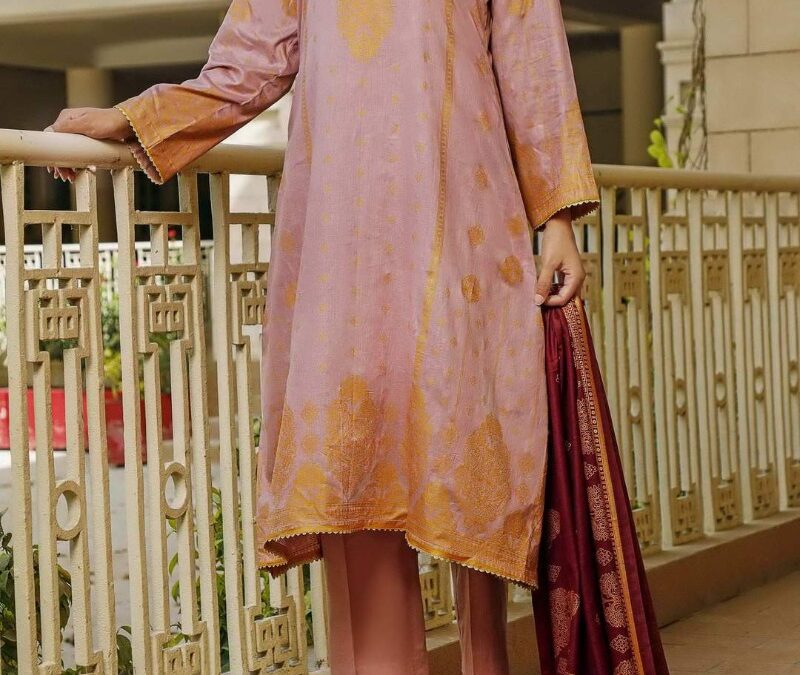Pakistan’s culture is rich in people’s traditions and reflects the region’s history. Pakistani people and society are distinct in terms of their way of life, ideas, and ethics. Pakistani clothing reflects the culture of Pakistan as well as the culture of the provinces of Punjab, Sindh, Balochistan, Khyber Pakhtunkhwa (Pashtun), and Kashmir. Pakistani clothing culture is enriched by various influences from thousands of years of history. Clothing is a nation’s identity. Each regional culture’s dress reflects the climatic conditions, lifestyle, and specific style, giving it a distinct identity in all cultures.
Pakistani National Dress:
The shalwar kameez is the national dress of Pakistan, and it is worn by both men and women in all five provinces. All Government officials working in the Secretariat have been required to wear a national dress since 1982. Each province has its own style of shalwar kameez, with Sindhi shalwar kameez, Punjabi shalwar kameez, Balochi shalwar kameez, and Pashtun shalwar kameez being the most well-known.
Pakistani women wear shalwar kameez, which comes in a variety of styles, and colors. They are now considered the best Pakistani Designer Clothes. The length of the shirt sleeve, as well as the length of the shirt, can vary depending on the neckline. Patiala Shalwar, Tulip Trousers, Churidar, Cigarette Pajamas, Samosa Pajamas, or Plain Pants are examples of long straight-cut trousers.
Men’s Shalwar Kameez and Kurta:
Pakistani men typically wear Shalwar Kameez, with some also wearing Kurtas and Shalwar Pakistani Waistcoats. In Pakistan, the kurta is also an important traditional garment. It resembles a sack with a drawstring closure. The kurta is long enough to reach the wearer’s knees. The kurta can be worn with either trousers or jeans. Men like to wear waistcoats with kurtas, shalwar kameez, and pyjamas. It gives the dress a very dashing appearance.
Regional attire:
Dressed in regional garb, the Baluchis wear thick cloth shalwar kameez robes with extra-large shawls for protection from the arid Sulaiman Range and the hot winds of the Kharan desert. They wear long-sleeved turret Baloch, usually white, to protect their heads from the sun’s rays.
Sindhis wear shalwar kameez with traditional Sindhi hats and sleek ajrak coats made locally. Punjabi men wear simple shalwar kameez, shalwar, and dhoti kurta depending on the Punjabi climate. A thin cloth turban is also used with shalwar kameez, especially in rural areas of Punjab where it is known as a turban. Khussa is also used with a dhoti kurta.
In Pashtun dress, people wear traditional business sandals. By women’s religious clothing, we mean clothing in which they attempt to cover all parts of the body, except for the face and hands when they go out of the house. Most women cover their heads with Dupatta or Chador when outdoors either partially or fully, but religious women prefer to wear a headscarf, burqa, or hijab.
Finally, each country has its style of traditional clothing. Pakistan is in the same boat. The shalwar kameez is the country’s traditional dress. It is beneficial to all Pakistani men, women, and children. It is worn and popular in all Pakistani provinces (Punjab, Sindh, Balochistan, and KPK), cities, and villages. Now, the country is shifting towards wearing Pakistani Designer Clothes. If you are a fan of the same then look at Rawaaj, our online Pakistani clothes store in the UK that has much to offer you.


